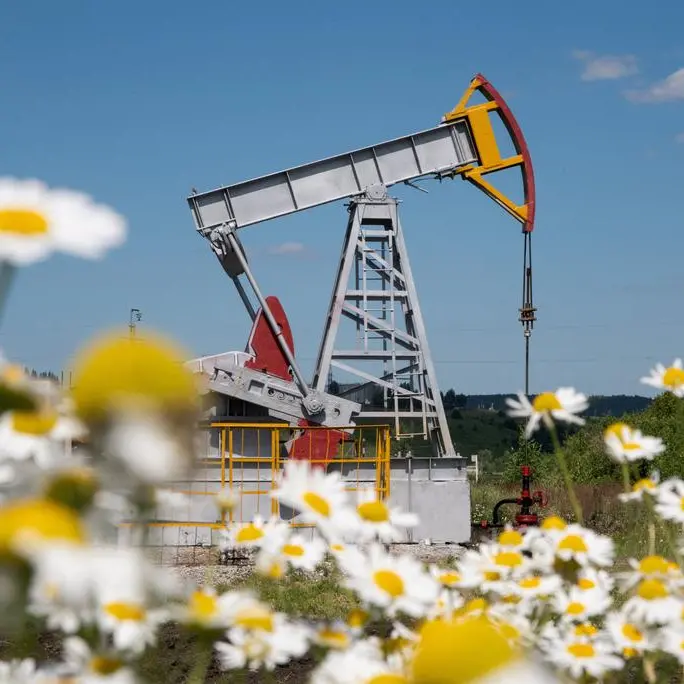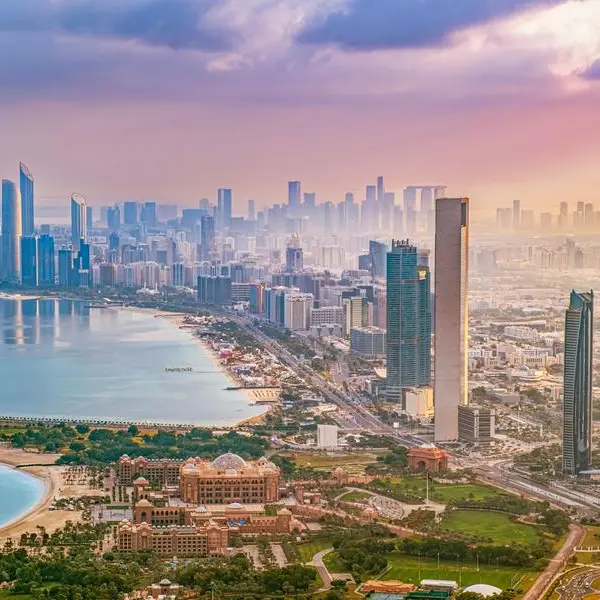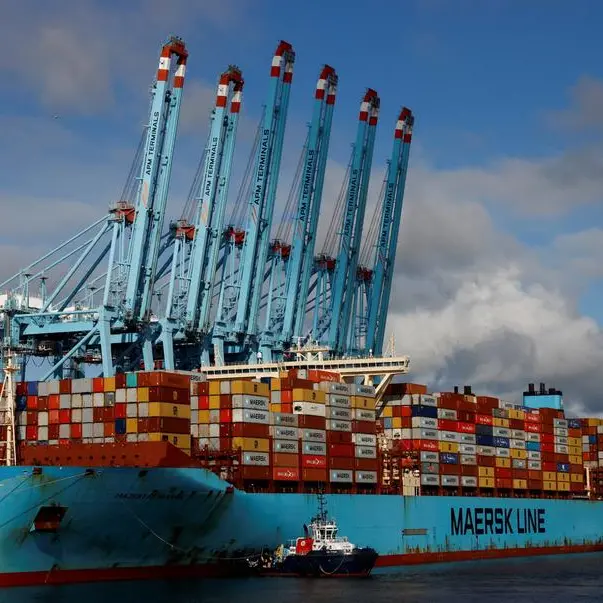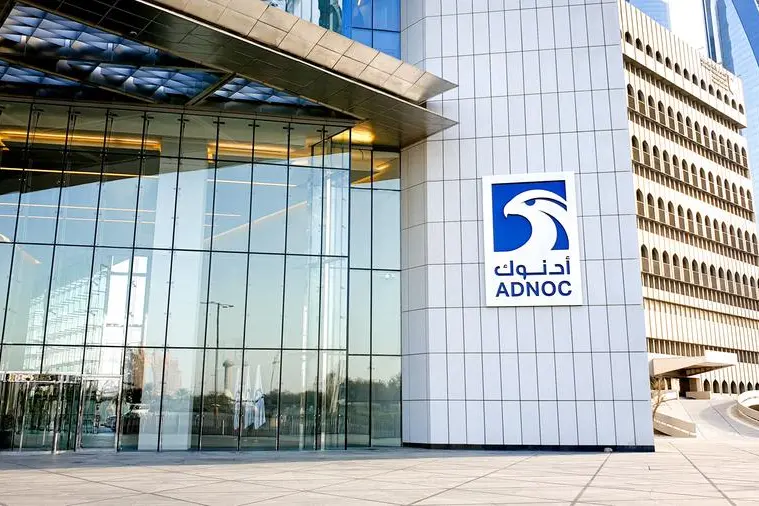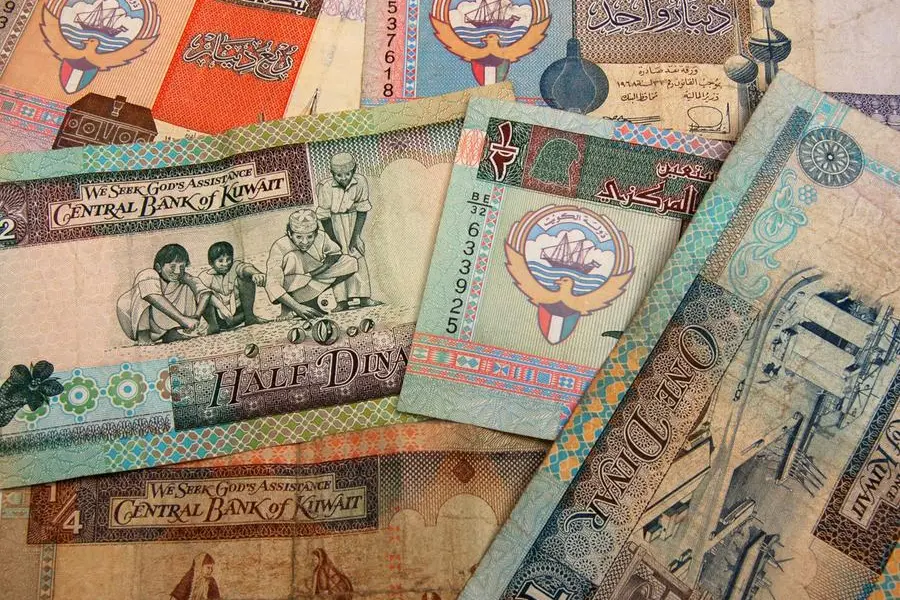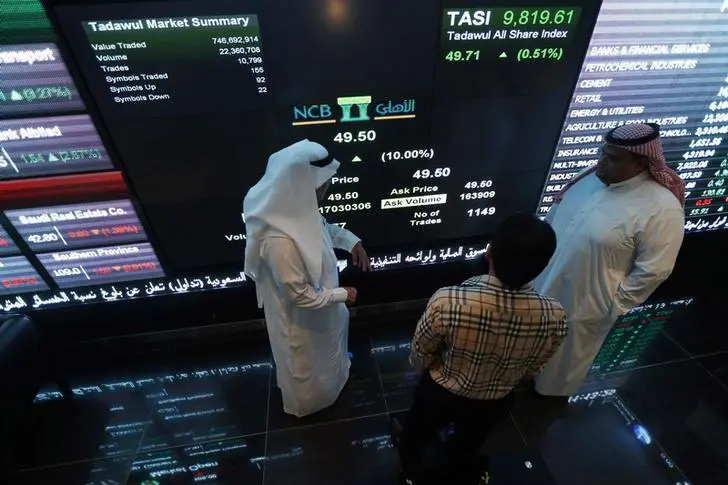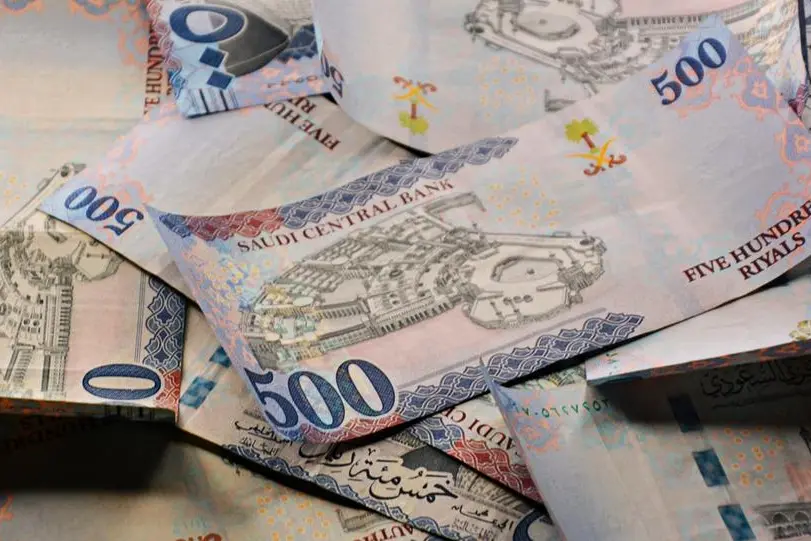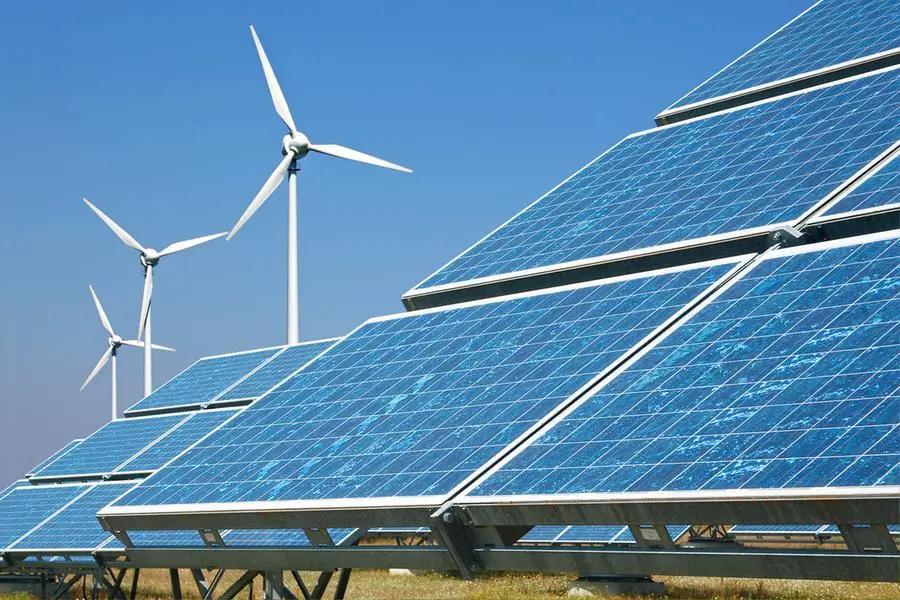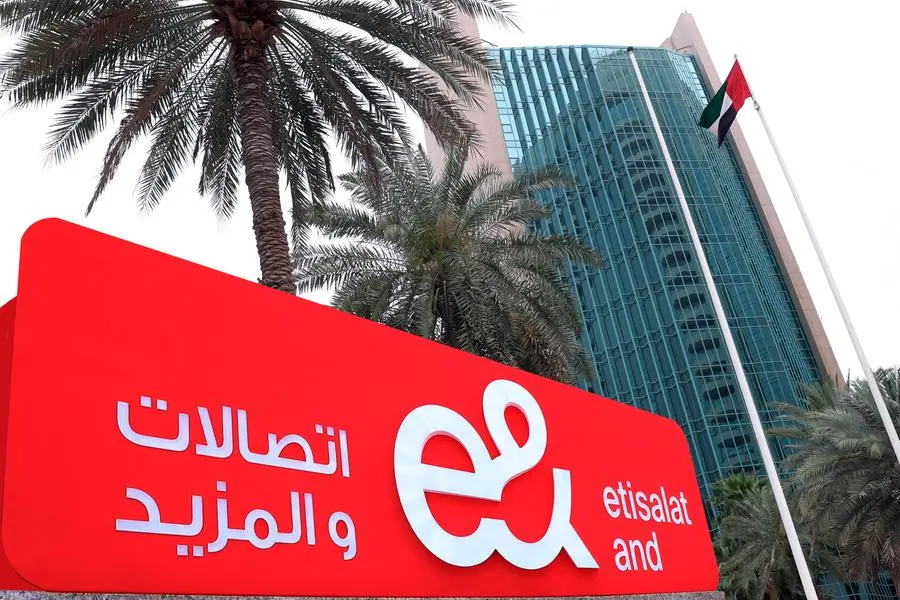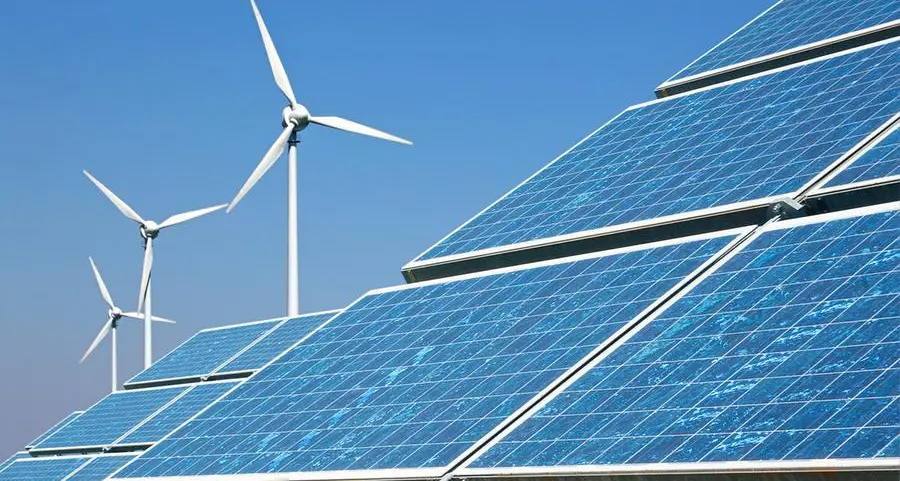Oil prices will rise 36% in 2011, denting global economic recovery, warns the IMF. But that also means Saudi's GDP will rise 7.5% - one of the highest among G20 nations.
The International Monetary Fund (IMF) has climbed a wall of worry in its latest World Economic Outlook report, and believes high oil prices could negatively impact global economic recovery. Indeed, the latest forecast lowers growth in both the U.S. and Japanese economies.
The world has reached a point when oil resources are scarce, especially on the back of rising demand from emerging markets and supply disruptions, says the IMF.
If the tension between strong demand and capped supply intensifies, price spikes could reach 2007-08. That means prices north of $147.
"A sizable downshift in oil supply trend growth of 1 percentage point appears to slow annual global growth by less than 0.25% in the medium and longer term," the IMF warns. On the other hand, a persistent decline in oil supply levels could have sizable negative effects on output even if there is greater substitutability between oil and other primary energy sources.
The IMF warns that such benign impact on output, should not be taken for granted. "There are downside risks to supply, including from geopolitical risks, that imply that oil scarcity could be more severe and may materialize in large and abrupt changes," the IMF notes.
Here is why IMF is worried about high oil prices:
* Oil is the most traded commodity, with world exports averaging US$1.8-trillion annually during 2007-09, which amounted to about 10 percent of total world exports in that period. Any movement in oil demand and supply has major repercussions on global trade.
* Gradual and moderate increases in oil scarcity--which seems to be the most likely scenario--would have a small impact on medium-term global economic growth. However, risks remain that scarcity or its growth impact could be more significant.
* The income elasticity of energy demand is close to unity in emerging markets: a 1% increase in real per capita GDP is associated with a 1% increase in per capita energy consumption. In short, emerging market's blistering growth is literally being fuelled by energy, led by fossil fuels which make up 51% of total energy consumption.
* A persistent adverse oil supply shock would imply a surge in global capital flows and a widening of current account imbalances.
* China's share of global oil consumption has risen from 6% in 2000 to 11% in 2011. However, the Chinese energy consumption is still half of the United States. China's insatiable appetite for energy could destabilise markets as consumption in China is projected to double by 2017 and triple by 2025 from its 2008 level.
* The IMF notes that the Organization of Petroleum Exporting Countries' (OPEC's) lower than-expected output response when prices rose above $70-$80, a price range previously declared to be "fair," which increased market concern about supply.
* Unrest in the Middle East and North Africa since January 2011 has disrupted supply.
* IMF's commodity price index has risen by 32% from the middle of 2010 to February 2011 -- recuperating about three-quarters of the 55% decline after the cyclical peak in July 2008 through early 2009.
In short, the IMF expects commodity prices to remain high, especially oil which could rise 20% higher than the IMF estimated in January 2011. For the whole year, oil prices will rise around 36% to reach $107.16 a barrel in 2011, and average around $108 in 2012, the IMF said.
High commodity prices in fact have the potential of posing new challenges.
"Global economic recovery is gaining strength, with world growth projected at about 4.5 per cent in both 2011 and 2012, but unemployment remains high, and risks of overheating are building in emerging market economies," says the IMF in its World Economic Outlook, published on April 11, 2011.
This could make a vulnerable recovery even more uncertain, especially as 205 million people in the world are still looking for jobs ‑ 30% higher than it was in 2007.
"The recovery is broadly moving at two speeds, with large output gaps in advanced economies and closing or closed gaps in emerging and developing economies, but there are appreciable differences among each set of countries."
THE FLIP SIDE
While high oil prices are casting a shadow over the economies of oil importing country, they are serving as a windfall for oil exporting countries.
No where is the more evident than Saudi Arabia, which is expected to see its GDP gallop ahead and rise 7.5% this year, and have the third highest growth levels among G20 nations, according to the IMF.
Only China (9.6%) and India (8.2%) will have higher growths among the 20 richest countries in the world that make up the G20.
This is the strongest forecast for the Saudi economy yet. Banque Saudi Fransi had recently raised its forecast for the Kingdom's GDP to rise 5.5% on the back of high oil prices, new investments worth $93 billion to rein in unrest in the country.
"Higher commodity prices and external demand are boosting production and exports in many economies in the region. In addition, government spending programs are continuing to foster recovery in many oil-exporting economies," the IMF said in its World Economic Outlook report.
The IMF expects the regional economic recovery to be uneven with political discontent, high unemployment, and rising food prices causing social unrest in a number of countries, which is likely to dampen their short-term growth.
Overall, regional GDP will rise 4% in the year, lower than Latin America's 4.8%, Asean-5's 5.4%, but better than emerging Europe's 3.1% in 2011.
Not surprisingly, Qatar will be the fastest growing economy in the world, clocking 20% this year, according to IMF estimates. But it will be reined by 7.1% in 2012.
At the other end of the spectrum, Egypt, Iran and Tunisia will suffer a sharp downturn.
Egypt's GDP growth will fall significantly below the 5.5 per cent registered in the second half of 2010.
"This assumes a modest dampening effect on economic activity from the political turmoil: disruptions to tourism, capital flows, and financial markets are expected to be temporary," the IMF notes. "In Tunisia, growth is projected to slow to 11⁄4 percent in 2011, as the expected decline in tourism and foreign direct investment harms other sectors of the economy."
The IMF warns that higher commodities prices will fuel inflation in the region, and could fan more resentment towards regional governments.
"Depending on its duration and intensity, the domestic effects of political and social turmoil could be larger than currently expected, particularly if sustained unrest spills over to additional countries in the region. Financial markets have not been immune, and credit default swap and bond spreads have already widened throughout the region. If persistent, such financial market developments could translate into higher funding costs for governments and firms. In addition, slower-than-expected recovery in advanced economies would adversely affect the region's export earnings, fiscal and external balances, and growth."
This is already visible in the debt market when at least five regional states find themselves in the list of riskiest sovereign debtors, according to CMA Datavision, which tracks bond prices (read Riskiest Sovereigns here: http://www.zawya.com/story.cfm/sidZAWYA20110410053238).
The IMF warns of more trouble ahead. "The key policy challenges across the region are daunting. For oil importers, the main priority is to raise growth and tackle chronically high unemployment, especially among young people. For oil exporters, the focus should be to strengthen or develop financial systems and promote economic diversification. Recent increases in public spending on non-energy-related sectors should be helpful in diversifying activity toward these sectors and re-balancing regional growth."
Other oil exporting nations such as the UAE will see their GDP rise 3.3%, Kuwait 5.3% and Iraq 9.6% this year. Overall, oil exporting MENA nations will post a 4.9% growth this year, compared to oil-importing MENA nations that will eke out a 1.9% rise.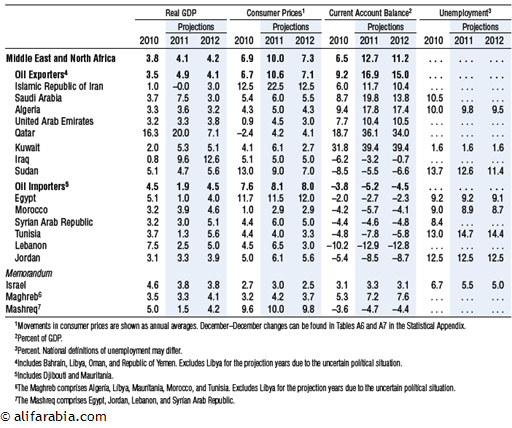
© alifarabia.com 2011
